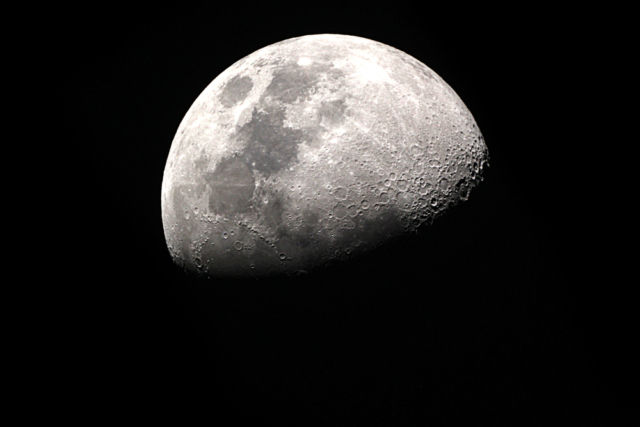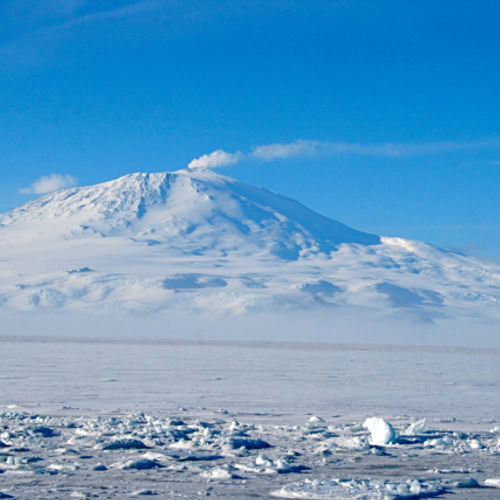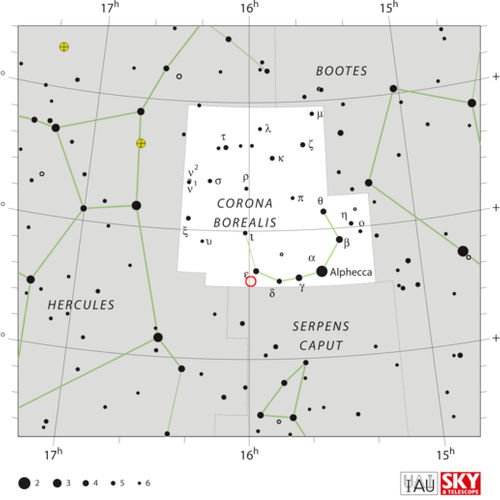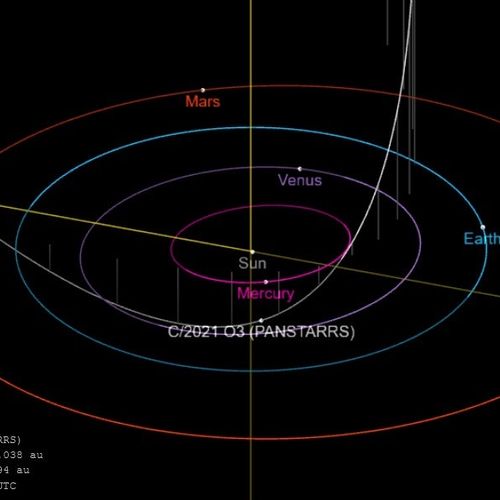
| Added | Wed, 04/05/2022 |
| Источники | |
| Дата публикации | Wed, 04/05/2022
|
| Версии |
Almost 1000 years ago, the Moon disappeared from the night sky without a trace, and no one saw it for several months in a row. A group of researchers believes that they have found out the reason.
The moon disappeared from view in May 1110. The unusual phenomenon greatly puzzled eyewitnesses and continued to confuse astronomers for centuries.
There was an opinion that the disappearance of the Moon was the result of an eclipse. British astronomer George Frederick Chambers wrote about this mystery in the 1899 book "The History of Eclipses". About 800 years after this happened, Chambers determined the date of the eclipse as May 5, during the reign of Henry I.
"Everything happened before midnight," Chambers wrote, "and it was obvious that this was a case of a "black" eclipse, when the moon becomes completely invisible."
But was that really the case?
A more likely version was that the eruption of the Hekla volcano in Iceland was the cause of the phenomenon.
When an eruption occurred on Hekla around October 15, 1104, sulfur-rich particles entered the stratosphere. For many years, it was believed that this event was the catalyst for the apparent disappearance of the Moon.
Study Scientific Reports, conducted by a group from the University of Geneva in Switzerland, revealed new information about the "location" of the Moon. To find out whether the eruption of Hekla was the only reason for the disappearance, the researchers analyzed ice cores from Iceland and Antarctica and eventually determined: the date of the eruption does not coincide with the schedule of the absence of the Moon in 1110.
To find the true source, researchers combed through medieval records looking for any mention of a "dark lunar eclipse." And then they came across a record of 1110 from the Peterborough Chronicles: "The moon was so extinguished that no light, no disk, or anything at all was visible."
The team suggests that the main cause was most likely a group of volcanic eruptions between 1108 and 1110, and not the Hekla eruption of 1104.
One of these eruptions occurred in 1108 on Honshu, Japan. In the diary entry of a Japanese statesman, discovered by researchers and cited in the study According to Scientific Reports, the eruption of the Asama volcano on Honshu Island began at the end of August 1108 and lasted until October.
In addition to the "eclipse", the eruptions of 1108-1110 led to a number of social consequences in Europe, especially in agriculture. The researchers' work revealed many descriptions of severe weather conditions, crop failure and famine compared to other years with similar volcanic phenomena.
Новости со схожими версиями
Log in or register to post comments









